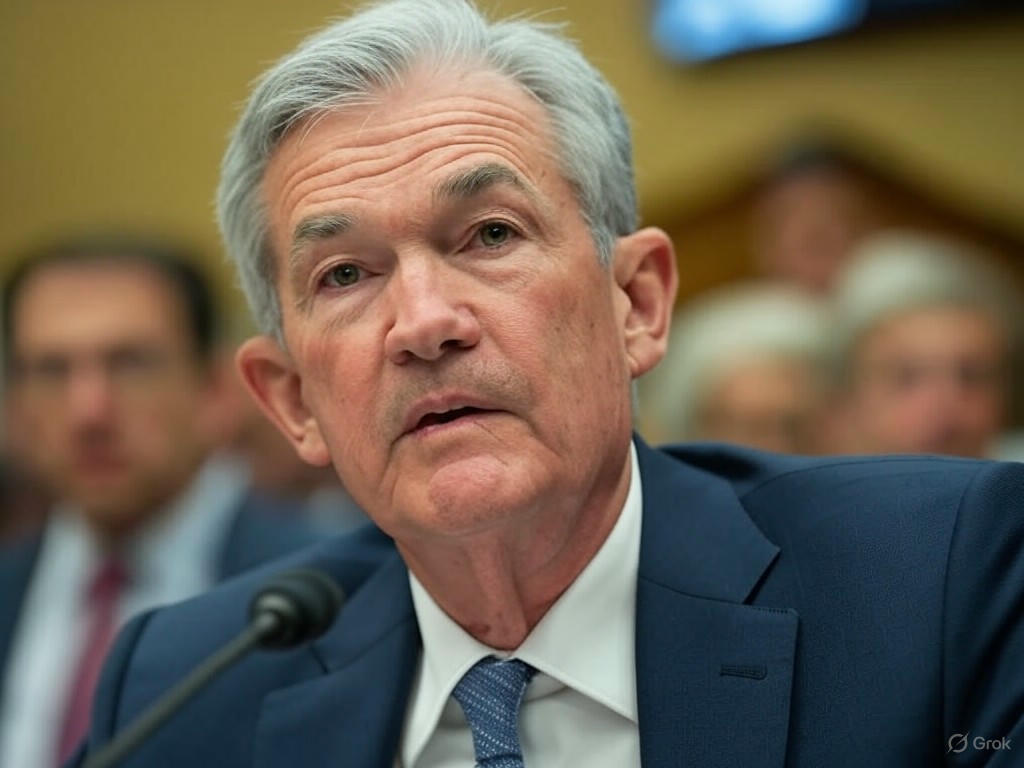As the US economy navigates a landscape of cautious optimism, recent data suggests that inflation edged slightly upward in May, maintaining a relatively mild trajectory. This incremental rise offers little indication of the broader tariff-related impacts that policymakers, including Federal Reserve Chairman Jerome Powell, anticipate will emerge more prominently in the coming months. With Powell set to address Congress soon, this subtle uptick in inflation provides a critical backdrop for discussions on monetary policy and economic stability.
The latest figures, reflecting a modest increase in consumer prices, signal that the economy remains on a stable path for now. Analysts point to factors such as steady consumer spending and controlled energy costs as key contributors to this tempered inflation rate. However, beneath the surface, there are whispers of concern. Tariffs imposed on imported goods, a hallmark of recent trade policies, have yet to fully manifest in widespread price hikes. Economists warn that the delayed effects could still ripple through supply chains, potentially driving costs up for businesses and consumers alike later in the year. For the Federal Reserve, this creates a delicate balancing act—maintaining interest rates to curb inflation without stifling growth.
As Powell prepares to face lawmakers on Capitol Hill, the inflation data will likely shape the tone of his testimony. Congressional leaders are expected to press him on how the Fed plans to respond to potential tariff-driven price surges and whether current monetary strategies are equipped to handle such challenges. Powell’s remarks will be closely scrutinized by markets and businesses seeking clarity on the Fed’s next moves. Will the central bank maintain its current stance, or will it signal a shift toward tighter policy to preempt inflationary pressures? The stakes are high, as any misstep could unsettle investor confidence and disrupt economic momentum.
Beyond tariffs, other global and domestic factors are also in play. Geopolitical tensions, labor market dynamics, and consumer sentiment all contribute to the broader economic picture that Powell must address. Yet, the immediate focus remains on inflation’s trajectory and the Fed’s ability to navigate uncharted waters. Some experts argue that the central bank might need to adopt a more proactive approach, adjusting rates sooner rather than later to mitigate risks. Others believe a wait-and-see strategy could be wiser, given the uncertainty surrounding tariff impacts.
As the nation watches Powell take the stage, the mild inflation numbers serve as both a reassurance and a reminder of looming uncertainties. For now, the economy appears resilient, but the road ahead is far from clear. Businesses, investors, and everyday Americans will be looking to the Fed for guidance, hoping for policies that strike the right balance between growth and stability. Powell’s words in the coming days could set the tone for the remainder of the year, making this congressional appearance a pivotal moment in shaping the economic narrative of 2025.
